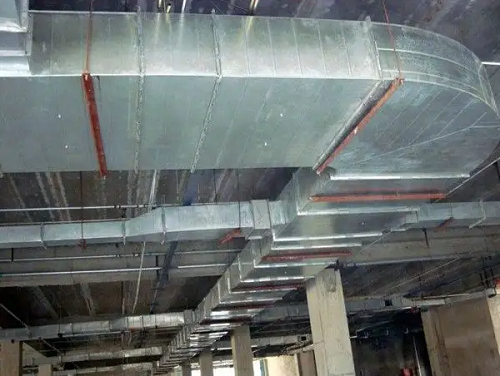

SEARCH
In the smoke exhaust system of the kitchen, the design and installation of the exhaust duct is more important, which will directly affect the ventilation problem of the kitchen. In fact, there are still many kinds of insulation materials in life. Do kitchen exhaust ducts need insulation? What is the insulation material used? Take a look.
Under normal circumstances, the exhaust duct inside the kitchen needs to be insulated by basic insulation, and the insulation material used is glass wool, and 50mm thick ultra-fine glass wool is often used. Glass wool can be used for various types of pipes, including smoke exhaust ducts, thermal power pipelines, air conditioning and refrigeration equipment insulation. After insulation, the exhaust duct will lose less cold air than before insulation, thereby reducing power and electricity consumption.

The noise of the exhaust duct is large, the air inlet and outlet of the air duct, the airflow noise emitted by the air passing through the air duct at high speed, which requires noise reduction and noise reduction of the exhaust duct. In addition to the characteristics of heat preservation, the fibers of ultra-fine glass wool are fluffy and interlaced, and a large number of small pores have good sound absorption performance, which is a porous sound absorption material. It can be made into wall panels, ceilings, space sound absorbers, etc., to absorb a lot of sound energy, reduce reverberation time, and reduce indoor noise.
Since the exhaust duct of the kitchen may have high temperature, it is necessary to withstand high temperature when selecting insulation materials. Uetersen glass wool has good thermal insulation performance, which can wrap and seal the exhaust pipe, ensuring the effect of thermal insulation and noise reduction. At present, most air duct systems and equipment use glass wool for thermal insulation, which is very suitable for thermal insulation.